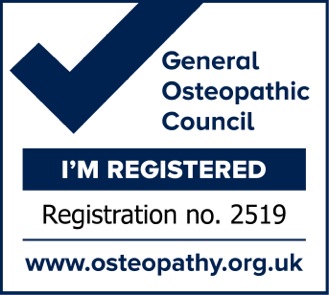Does Osteopathy work?
The simple answer is yes, but we are not asking you to take our word for it.
The medical and scientific evidence listed below confirms the personal experience of millions of patients who have been successfully treated with osteopathy. If you’re worried or interested, why not ask friends, family or work colleagues? Odds are that some may have received osteopathic treatment.
The evidence
There is a growing volume of evidence of the effectiveness of ‘manual therapy’ used by osteopaths as well as physiotherapists and chiropractors.
The National Council for Osteopathic Research was established in 2003 as an independent research body for osteopathy. It is responsible for collating information about evidence relating to osteopathy and offers a range of resources for osteopaths and patients on its website.
Click here to read the ‘What evidence is there for osteopathy?’ factsheet produced by the NCOR.
Is osteopathic treatment recommended by the NHS?
The greatest amount of evidence is in the treatment of lower back pain, where both the NHS and UK health watchdog NICE (the National Institute for Health and Care Excellence) recommend osteopathy. The NHS also recommends acupuncture for the treatment of low back pain. Click here for more information on this guidance.
NICE also recommends manual therapy as a possible treatment option for osteoarthritis.
There is also some evidence that osteopathy is effective in conditions as varied as asthma, painful periods, glue ear, excessive crying in babes (colic), problems with the jaw and abnormal curvature of the spine (scoliosis).
Click here to read a factsheet from the NCOR about osteopathy and the NHS.
What do other patients say?
Research carried out in 2013 showed that patient satisfaction with osteopathic practice was high – in fact, over 96% of the patients said they were ‘satisfied’ or ‘very satisfied’ with their osteopathic care. Only 0.3% of patients were unsatisfied.
Click here to read the full report into this research
Read some of our patients stories and comments in our ‘What our patients say’ section.

